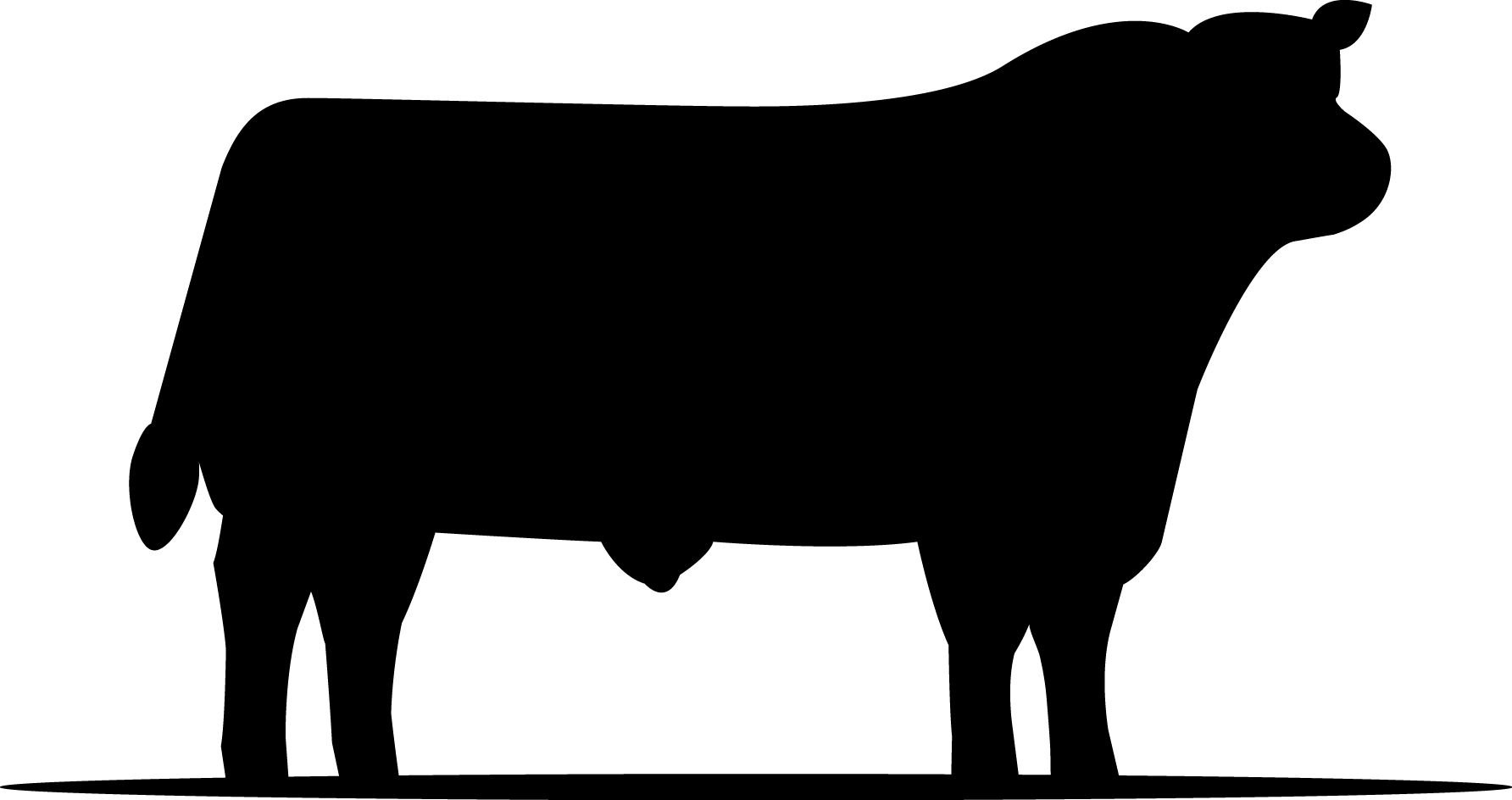In Aberdeenshire, Duncan Morrison, a forward thinking 33-year-old beef farmer, is redefining the traditional concepts of cattle farming. Duncan’s journey has evolved from being a fourth-generation farmer to an innovator in the industry and is stamped with a passion for agriculture, modernisation, and a pragmatic approach to his farming business.
Duncan’s upbringing on the family farm developed in him a deep-rooted understanding for the land and a strong work ethic. In 2016 Duncan was made redundant from his farm management job and started his own farming business. Duncan started with a tenancy on 108hectares at Meikle Maldron and now owns 250 cows and rents another 50 and also uses his family’s 45ha farm for grazing. In total Duncan farms 650 acres split between owned ground, tenanted and contract farmed. He runs an Aberdeen-Angus pedigree herd alongside the commercial herd.
Navigating Challenges and Seizing Opportunities in the Beef Farming Industry
Duncan’s entry into beef farming coincided with a period of industry uncertainty, particularly with Brexit looming and market volatility a constant threat. Despite these challenges, Duncan viewed them as catalysts for innovation and growth.
Designing the Perfect System and Cow Herd
Inspired by his experiences in New Zealand, where he encountered low-input Aberdeen Angus cows, Duncan sought to develop a farming system prioritizing profitability, environmental sustainability, and simplicity. His vision involved minimizing capital requirements, maximizing scalability, and improving soil health and biodiversity.
Similarly, Duncan meticulously selects traits for his cow herd to thrive in his low-input, forage-based system, considering factors such as calving ease and adaptability to pasture.
Building a Profitable Suckler Herd
Key to Duncan’s strategy is minimising fixed costs and enhancing operational efficiency. Through meticulous management of calving seasons and winter grazing practices, Duncan aims to increase profitability. Employing data-driven decision-making and a never-ending quest for improvement, in Duncans words “keep it lean and mean, the business not the cow”.
Breeding the Right Animal for the System
Duncan’s breeding program prioritizes performance recording and selective pressure to tailor the herd for his specific requirements. By emphasizing traits linked to profitability, Duncan allows the system to dictate which animals thrived, thereby enhancing efficiency, and reducing costs.
- Selective pressure is applied to areas most linked to profit, allowing the system to determine which animals thrive rather than retaining every animal.
- Instead of pulling lower Body Condition Score (BCS) cows out of the group in winter, the focus is on breeding those genetics out of the system to minimize added costs.
- A two-cycle bulling system is employed to weed out sub-fertile animals, with a high percentage of calves born in the first cycle.
- Breeding stock are not fed concentrates; they must thrive on grass, the cheapest feed available.
- Sensible use of Estimated Breeding Values (EBVs) is emphasized, understanding their implementation and trade-offs.
- Finishing data is utilized to optimize selection.
- Mature weights, BCS at weaning, and frame score are recorded, with a focus on understanding Bonsma theories on bovine selection.
- In the forage-based system, moderately framed, maternal cows capable of feeding a calf well while retaining enough condition to winter cheaply are preferred.
- The average cow characteristics include 649kg weight, 3.4 condition score, and 7.04 frame score.
- Selecting for animals that convert forage well has led to a reduction in finishing costs.
Finishing
- The aim is to achieve most of the growth during the summer months, leveraging compensatory growth.
- Compensatory growth means the cattle are wintered on a lower plane of nutrition before being turned out to high quality spring grass. The increase in feed value leads to heightened liveweight gains, reducing the overall system cost.
- To maximise grass quality, intensive rotational grazing is practiced across high quality legume pastures.
- Steers and heifers are finished between 18 and 20 months
- A brief housing period in autumn may be necessary, during which concentrates are used to add finishing touches.
- The target is to achieve a carcass weight of 280-330 kg R4L.
Bull Beef
The plan for the bull beef enterprise involves transitioning to forage finishing using a techno grazing system with more intense grazing and daily moves. Inspired by the success of forage-reared pedigree breeding bulls, the goal is to apply similar principles to finishing bulls, relying on compensatory growth and high-quality pasture. The strategy aims to reduce concentrate use, maintain short days to slaughter, and align with grass growth spikes, albeit with such risks as associated with poor weather and more variable factors than compared to indoor systems.
Harnessing Technology with FARMAX
Utilizing the FARMAX modelling and decision support tool, Duncan is able to analyse his farm’s performance and forecast future expectations and test various scenarios to optimize and work out which is most financially viable.
Key Insights
Duncan Morrison’s journey epitomizes the potential for innovation and success within the beef farming industry. His emphasis on simplicity, efficiency, and environmental sustainability serves as a guide for farmers navigating an evolving agricultural landscape. Duncan is pushing boundaries and setting innovative standards in the beef farming industry that are environmentally sustainable and profitable.
Duncan Morrisons Final Take Home Messages in his words are:-
- Invest time understanding your business instead of spending time firefighting.
- Investing in tech doesn’t need to cost 6 figures!
- Invest in flesh, not metal. Lean & mean!
- System first, cows second
- Apply selection pressure where it matters most
- Strong correlation between productivity, efficiency, emissions & profit. Well managed pasture based systems can also improve soil health and biodiversity.
You are in charge of your own destiny




